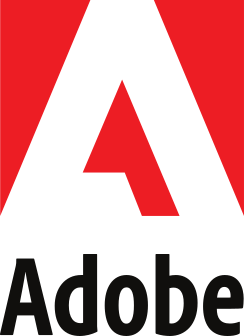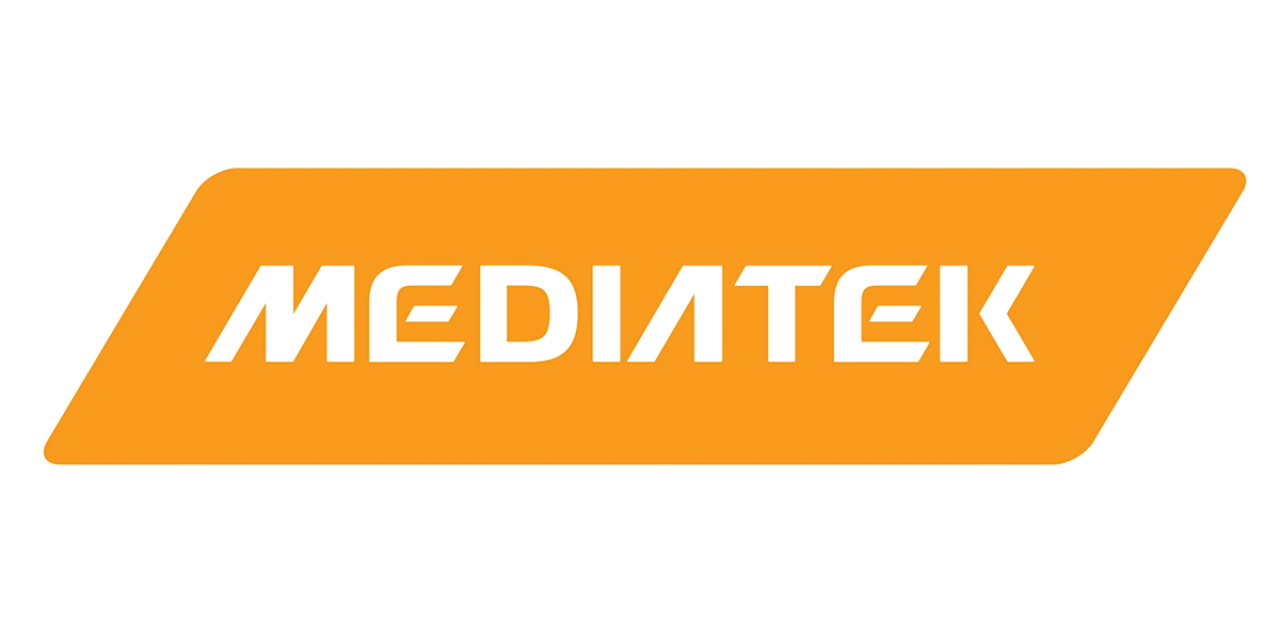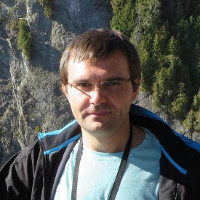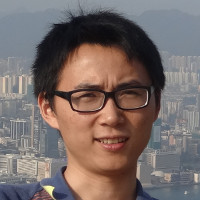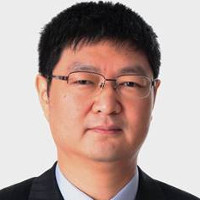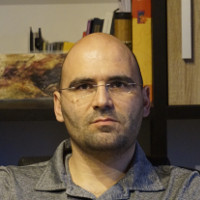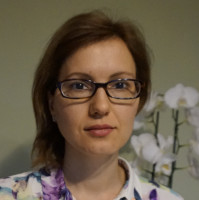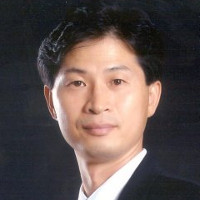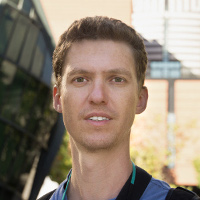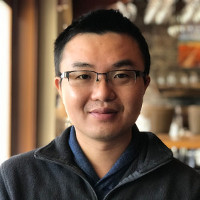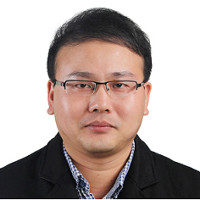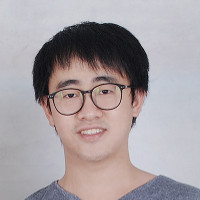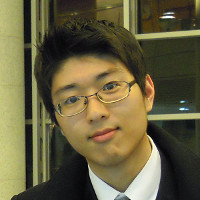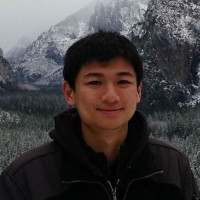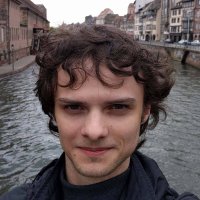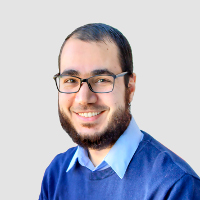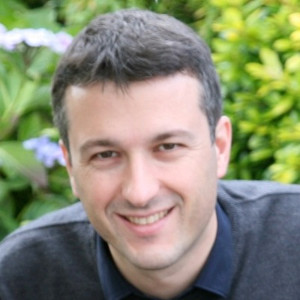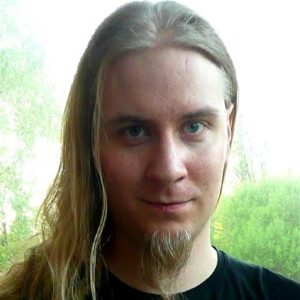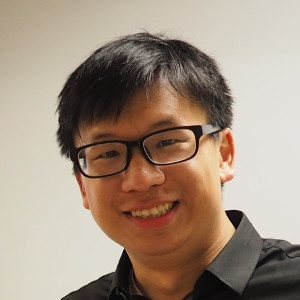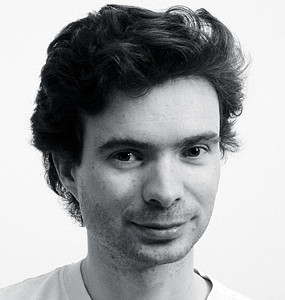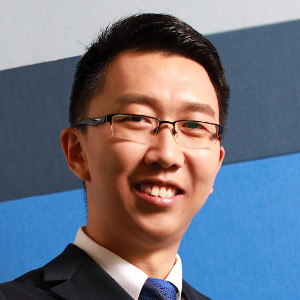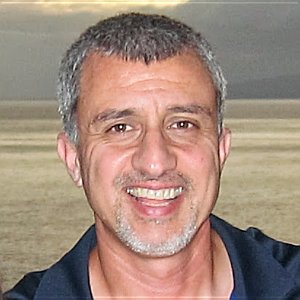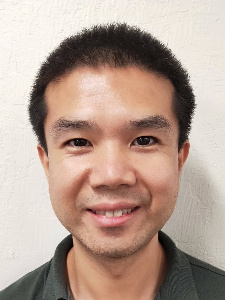07:30
Poster setting (all papers have poster panels for the whole day, CVPR guidelines)
(Poster #76) Real Photographs Denoising with Noise Domain Adaptation and Attentive Generative Adversarial Network
Kai Lin, Thomas H Li, Shan Liu, Ge Li
(Poster #77) Multi-level Encoder-Decoder Architectures for Image Restoration
Indra Deep Mastan, Shanmuganathan Raman
(Poster #78) Learning Deep Image Priors for Blind Image Denoising
Xianxu Hou, Hongming Luo, Jingxin Liu, Bolei Xu, Ke Sun, Yuanhao Gong, Bozhi Liu, Guoping Qiu
(Poster #79) Conditional GANs for Multi-Illuminant Color Constancy: Revolution or Yet Another Approach?
Oleksii Sidorov
(Poster #80) Deep Graph Laplacian Regularization for Robust Denoising of Real Images
Jin Zeng, Jiahao Pang, Wenxiu Sun, Gene Cheung
(Poster #81) Multi-stage Optimization for Photorealistic Neural Style Transfer
Richard Yang
(Poster #82) Natural Image Noise Dataset
Benoit Brummer, Christophe De Vleeschouwer
(Poster #83) VORNet: Spatio-temporally Consistent Video Inpainting for Object Removal
Ya-Liang Chang, Zhe Yu Liu, Winston Hsu
(Poster #84) DenseNet with Deep Residual Channel-Attention Blocks for Single Image Super Resolution
Dong-Won Jang, Rae-Hong Park
(Poster #85) Light Field Super-Resolution: A Benchmark
Zhen Cheng, Zhiwei Xiong, Chang Chen, Dong Liu
(Poster #86) Exemplar Guided Face Image Super-Resolution without Facial Landmarks
Berk Dogan, Shuhang Gu, Radu Timofte
(Poster #87) Recursive Image Dehazing via Perceptually Optimized Generative Adversarial Network (POGAN)
Yixin Du, Xin Li
(Poster #88) Aspect-Ratio-Preserving Multi-Patch Image Aesthetics Score Prediction
Lijie Wang, Xueting Wang, Toshihiko Yamasaki, Kiyoharu Aizawa
(Poster #89) ViDeNN: Deep Blind Video Denoising
Michele Claus, Jan van Gemert
(Poster #90) An Epipolar Volume Autoencoder with Adversarial Loss for Deep Light Field Super-Resolution
Minchen Zhu, Anna Alperovich, Ole Johannsen, Antonin Sulc, Bastian Goldluecke
(Poster #91) Evaluating Parameterization Methods for Convolutional Neural Network (CNN)-Based Image Operators
Seung-Wook Kim, Sungjin Cho, Kwang Hyun Uhm, Seo-Won Ji, Sang-Won Lee, Sung-Jea Ko
(Poster #92) Edge Detection Techniques for Quantifying Spatial Imaging System Performance and Image Quality
Oliver van Zwanenberg, Sophie Triantaphillidou, Robin Jenkin, Aleka Psarrou
(Poster #93) Histogram Learning in Image Contrast Enhancement
Bin Xiao, Yunqiu Xu, Han Tang, Xiuli Bi, Weisheng Li
(Poster #94) Optimization-Based Data Generation for Photo Enhancement
Mayu Omiya, Yusuke Horiuchi, Edgar Simo-Serra, Satoshi Iizuka, Hiroshi Ishikawa
(Poster #95) FRESCO: Fast Radiometric Egocentric Screen Compensation
Matthew Post, Paul Fieguth, Mohamed Naiel, Zohreh Azimifar, Mark Lamm
(Poster #96) Low Rank Poisson Denoising (LRPD): A low rank approach using split Bregman algorithm for Poisson noise removal from images
Prashanth G, Rajiv Sahay
(Poster #97) Kalman filtering of patches for frame-recursive video denoising
Pablo Arias, Jean-Michel Morel
(Poster #98) High-Resolution Single Image Dehazing using Encoder-Decoder Architecture
Simone Bianco, Luigi Celona, Flavio Piccoli, Raimondo Schettini
(Poster #99) Content-preserving Tone Adjustment for Image Enhancement
Simone Bianco, Claudio Cusano, Flavio Piccoli, Raimondo Schettini
(Poster #100) Orientation-aware Deep Neural Network for Real Image Super-Resolution
Du Chen, Zewei He, Anshun Sun, Jiangxin Yang, Yanlong Cao, Yanpeng Cao, Siliang Tang, Michael Ying Yang
(Poster #101) EDVR: Video Restoration with Enhanced Deformable Convolutional Networks
Xintao Wang, Kelvin C.K. Chan, Ke Yu, Chao Dong, Chen Change Loy
(Poster #102) Suppressing Model Overfitting for Image Super-Resolution Networks
Ruicheng Feng, Jinjin Gu, Yu Qiao, Chao Dong
(Poster #103) NTIRE 2019 Challenge on Video Deblurring: Methods and Results
Seungjun Nah, Radu Timofte, Sungyong Baik, Seokil Hong, Gyeongsik Moon, Sanghyun Son, Kyoung Mu Lee et al.
(Poster #104) NTIRE 2019 Challenge on Video Super-Resolution: Methods and Results
Seungjun Nah, Radu Timofte, Shuhang Gu, Sungyong Baik, Seokil Hong, Gyeongsik Moon, Sanghyun Son, Kyoung Mu Lee et al.
(Poster #105) NTIRE 2019 Challenge on Video Deblurring and Super-Resolution: Dataset and Study
Seungjun Nah, Sungyong Baik, Seokil Hong, Gyeongsik Moon, Sanghyun Son, Radu Timofte, Kyoung Mu Lee
(Poster #106) Multi-scale deep neural networks for real image super-resolution
Shangqi Gao, Xiahai Zhuang
(Poster #107) RI-GAN: An End-to-End Network for Single Image Haze Removal
Akshay Dudhane, Harsh Aulakh, Subrahmanyam Murala
(Poster #108) SCAN: Spatial Color Attention Networks for Real Single Image Super-Resolution
Xuan Xu, Xin Li
(Poster #109) Adapting Image Super-Resolution State-of-the-arts and Learning Multi-model Ensemble for Video Super-Resolution
Chao Li, Dongliang He, Xiao Liu, Yukang Ding, Shilei Wen
(Poster #110) Hierarchical Back Projection Network for Image Super-Resolution
Zhisong Liu, Li-Wen Wang, Chu-Tak Li, Wan-Chi Siu
(Poster #111) Multi-scale Adaptive Dehazing Network
Shuxin Chen, Yizi Chen, Yanyun Qu, Jingying Huang, Ming Hong
(Poster #112) MultiBoot VSR: Multi-Stage Multi-Reference Bootstrapping for Video Super-Resolution
Ratheesh Kalarot, Fatih Porikli
(Poster #113) Learning Raw Image Denoising with Bayer Pattern Unification and Bayer Preserving Augmentation
Jiaming Liu, Chi-Hao Wu, Yuzhi Wang, Qin Xu, Yuqian Zhou, Haibin Huang, Chuan Wang, Shaofan Cai, Yifan Ding, Haoqiang Fan, Jue Wang
(Poster #114) Feature Forwarding for Efficient Single Image Dehazing
Peter Morales, Tzofi Klinghoffer
(Poster #115) GRDN:Grouped Residual Dense Network for Real Image Denoising and GAN-based Real-world Noise Modeling
Dong-Wook Kim, Jae Ryun Chung, Seung-Won Jung
(Poster #116) Deep Iterative Down-Up CNN for Image Denoising
Songhyun Yu, Bumjun Park, Jechang Jeong
(Poster #117) Densely Connected Hierarchical Network for Image Denoising
Bumjun Park, Songhyun Yu, Jechang Jeong
(Poster #118) Fractal Residual Network and Solutions for Real Super-Resolution
Junhyung Kwak, Donghee Son
(Poster #119) Dense Scene Information Estimation Network for Dehazing
Tiantong Guo, Xuelu Li, Venkateswararao Cherukuri, Vishal Monga
(Poster #120) Dense `123' Color Enhancement Dehazing Network
Tiantong Guo, Venkateswararao Cherukuri, Vishal Monga
(Poster #121) A Deep Motion Deblurring Network based on Per-Pixel Adaptive Kernels with Residual Down-Up and Up-Down Modules
Hyeonjun Sim, Munchurl Kim
(Poster #122) Image Colorization By Capsule Networks
Gokhan Ozbulak
(Poster #123) An Empirical Investigation of Efficient Spatio-Temporal Modeling in Video Restoration
Yuchen Fan, Jiahui Yu, Ding Liu, Thomas Huang
(Poster #124) Encoder-Decoder Residual Network for Real Super-resolution
Guoan Cheng, Ai Matsune, Qiuyu Li, Leilei Zhu, Huaijuan Zang, Shu Zhan
(Poster #125) GANmera: Reproducing Aesthetically Pleasing Photographs using Deep Adversarial Networks
Nelson Chong, Lai-Kuan Wong, John See
(Poster #127) NTIRE 2019 Challenge on Real Image Denoising: Methods and Results
Abdelrahman Abdelhamed, Radu Timofte, Michael S Brown, et al.
(Poster #128) NTIRE 2019 Challenge on Real Image Super-Resolution: Methods and Results
Jianrui Cai, Shuhang Gu, Radu Timofte, Lei Zhang, et al.
(Poster #130pm or #74am) NTIRE 2019 Challenge on Image Enhancement: Methods and Results
Andrey Ignatov, Radu Timofte, et al.
(Poster #130pm or #74am) NTIRE 2019 Challenge on Image Colorization: Report
Shuhang Gu, Radu Timofte, Richard Zhang, et al.
(Poster #131pm or #75am) NTIRE 2019 Image Dehazing Challenge Report
Codruta O Ancuti, Cosmin Ancuti, Radu Timofte, et al.
(CVPR oral, Poster #129) Underexposed Photo Enhancement Using Deep Illumination Estimation
Ruixing Wang, Qing Zhang, Chi-Wing Fu, Xiaoyong Shen, Wei-Shi Zheng, Jiaya Jia




